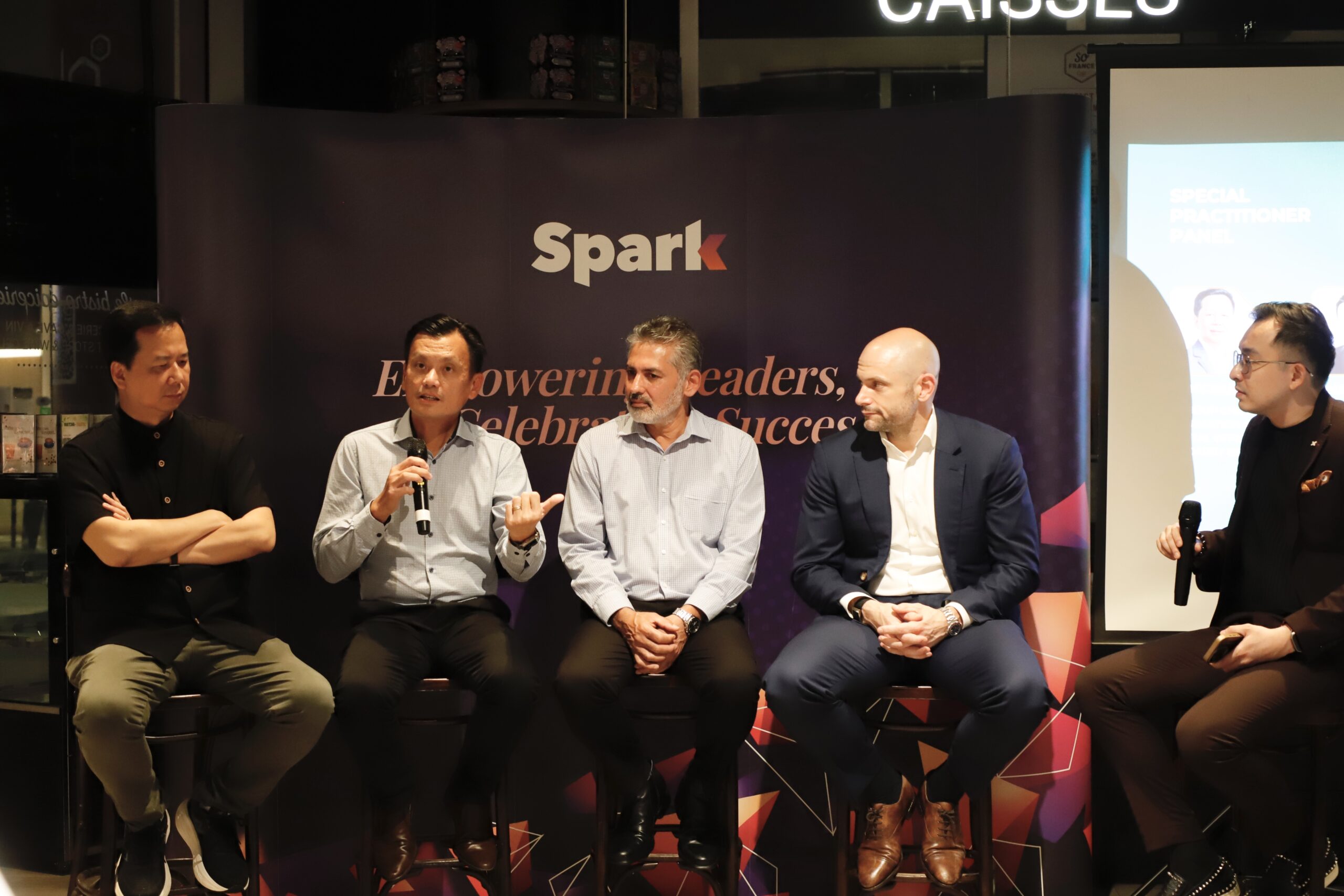How enterprises are adapting governance, architecture, and incident response for a world where attacks move at machine speed.
The cybersecurity landscape is shifting at unprecedented speed, fuelled by increasingly sophisticated threats operating at machine scale. As AI enables both innovation and new attack capabilities, CISOs face the dual challenge of harnessing AI’s benefits while defending against its risks.
At the recent executive roundtable “A.I. at the Crossroads: Redefining Cyber Risk Management for the Modern CISO”, participants explored practical strategies for navigating this evolving environment, with a focus on readiness, governance, and resilience.
The Machine-Speed Challenge
- Mean time to exfiltration has dropped from nine days in 2021 to as little as two days, with some breaches under two hours.
- Responding at human speed is no longer enough — organisations must enable machine-speed detection and response.
- Key approaches include automated playbooks, AI-assisted SOC operations, and integrated visibility across IT, OT, and IoT environments.
Infrastructure Integration and Governance
- Integrated infrastructure eliminates shadow IT and applies consistent security controls.
- Consolidation improves global visibility, streamlines processes, and harmonises governance across business units.
Secure by Design and ‘Shift Left’
- Security must be embedded early in design, supported by a unified framework.
- Architectural reviews, standardised checklists, and vendor compliance programs are critical to reducing vulnerabilities.
AI Governance in Practice
- AI governance requires guardrails, training, and AI-specific penetration testing.
- Organisations are building workforce AI literacy, preventing data misuse, and tailoring security assessments to AI deployments.
Resilience in Legacy Environments
- Brownfield environments demand gradual integration of AI tools compatible with hybrid and air-gapped systems.
- Security product consolidation should reduce complexity without introducing single points of failure.
- Crown jewels must be reassessed regularly to align with evolving business priorities.
Incident Response Readiness
- With shrinking attack windows, realistic rehearsals are essential.
- Best practices include AI-specific tabletop exercises, cross-functional crisis simulations, and clear escalation paths for high-value assets.
The Path Forward
Cyber resilience is no longer about reacting to threats — it’s about anticipating them. Building pre-emptive resilience demands advanced tooling, strong governance, and a unified culture of security from the SOC floor to the boardroom.







